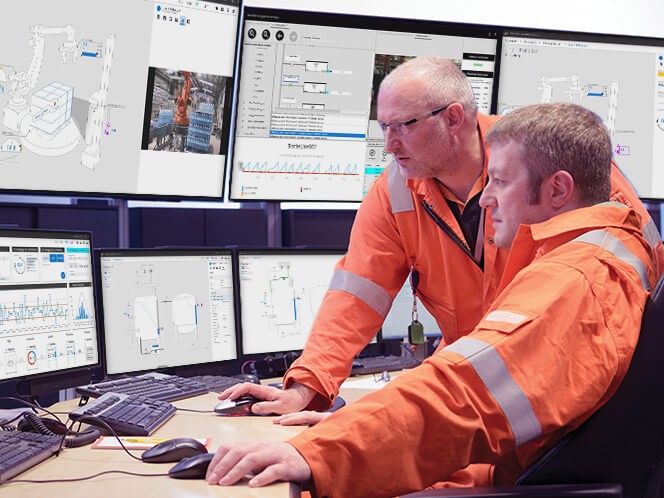Transitioning to a holistic approach for operational control and visibility
Written by Jeremy Wilbert, Sr. Product Marketing Manager, AVEVA
The functional dynamic and tools that operators of industrial equipment and processes require have been gradually changing for decades. The replacement of gauges with screens, and paper with tablets, has immensely improved work efficiency. The software on these devices has enabled organizations to automate tasks and provide greater detail in monitoring and reporting on the performance of production activities.
As the data from these initial systems grew, organizations came to realize they had a new source of efficiency improvements waiting to be uncovered. This led to a rush to implement historical databases and various forms of analytics to accomplish different tasks and troubleshooting. Unfortunately, this revealed another setback: data silos, or disparate systems that have little connectivity or structural alignment to each other.

With the emergence of cloud and more capable connectivity options, the historical drawbacks of industrial software have largely been addressed or mitigated with new capabilities focused on a connected worker experience. Instead of implementing isolated HMIs (human-machine interface) or perpetuating manual data exchanges amongst teams, organizations can now rely on a suite of sophisticated software tools that interconnect to deliver a common digital thread across multiple user environments.
Organizations can effectively manage real-time operations from powerful HMI and SCADA (supervisory control and data acquisition) applications. Data is fed to historical archives, such as historians or operations information management, for aggregation and preservation. These records can be shared with analytics tools, whether on-premises or in the cloud, to discover hidden insights and provide predictive awareness. Teams can collaborate across sites and share operational knowledge with new members to optimize human performance. And greater visibility can be achieved through the structured implementation of multiple data threads, which converge to provide a single-pane-of-glass view of the enterprise.
Discussions about excellence require the understanding that a holistic approach to operations is possible now. Only through a well-defined digital strategy for operational control and visibility will organizations be able to achieve their next level of efficiency gains.